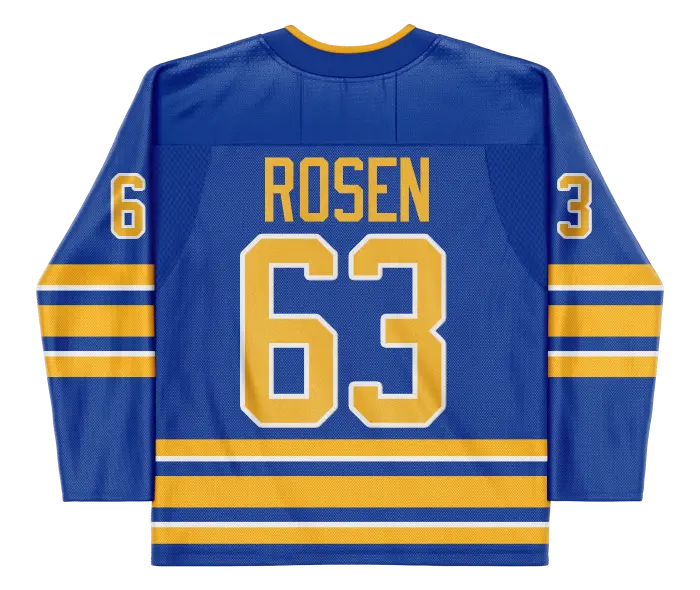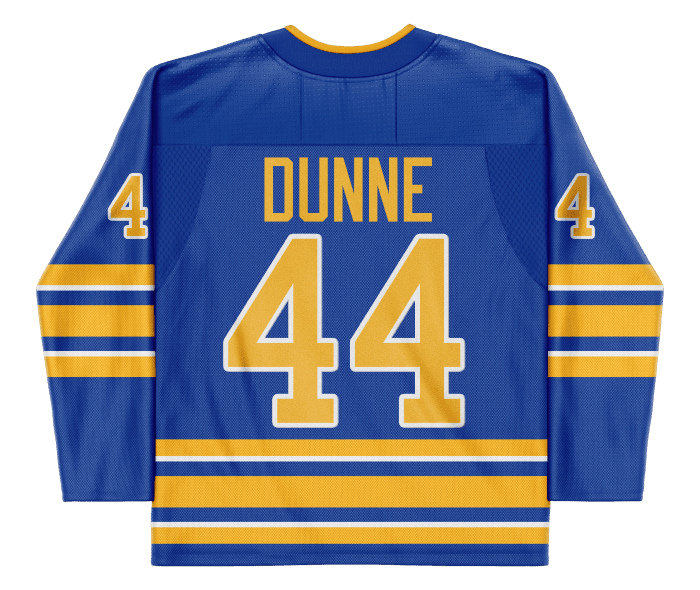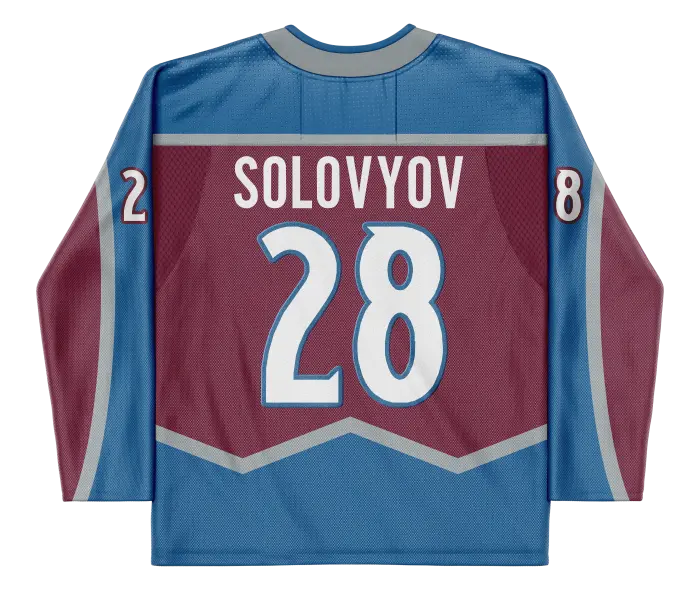
NHL Transactions & Roster Moves


Andrae was a second-round pick of the Flyers in the 2020 NHL Entry Draft. The 23-year-old has split time between Lehigh Valley (AHL) and the Flyers this season. He's played a career-high 24 games with the Flyers this season, tallying six points (1G / 5A).

Lycksell played six games with the Flyers this season, scoring zero points, but has spent most of the 2024-25 campaign in the AHL. The 25-year-old forward has 41 points (17G / 24A) in 40 games with the Lehigh Valley Phantoms (AHL) this season.

Abols made his NHL debut earlier this season, scoring two points (1G / 1A) in nine games with the Flyers. The 29-year-old forward has spent most of the 2024-25 season, recording 27 points (12G / 15A) in 44 games with the Lehigh Valley Phantoms this season.

Husso was traded to Anaheim from the Detroit Red Wings two weeks ago. The 29-year-old Husso compiled a 36-32-11 record and an .892 SV% across parts of three seasons in Detroit, and was ultimately the odd-man out in a Red Wings crease that includes Cam Talbot and Alex Lyon. He will likely serve as the backup to Lukas Dostal on Friday night.

With the recent trade of Joe Veleno, the Red Wings have recalled Shine from the Grand Rapids Griffins (AHL). The 31-year-old forward made his NHL debut earlier this season, recording one point (0G / 1A) in four games with the Red Wings.

Kessel averaged 13:05 time-on-ice and scored three points (0G / 3A) in 27 games with the Blues earlier this season but has not played a game with the club since January 31st. The 24-year-old defenseman has 17 points (5G / 12A) in 29 games with the Springfield Thunderbirds (AHL) this season.

Kolosov has not played a game with the Flyers since January 2nd and has been reassigned to the Lehigh Valley Phantoms (AHL). The 23-year-old goalie has a 3.45 GAA and .870 SV% in 15 games this season (4-8-1).

The Rangers have recalled Chad Ruhwedel and reassigned Robertson to the Hartford Wolf Pack (AHL). The 23-year-old defenseman has yet to play an NHL game and has 18 points (1G / 17A) in 47 games with Hartford this season.

Ruhwedel has 369 games of NHL experience but has spent most of the 2024-25 campaign in the AHL. The 34-year-old veteran defenseman has 12 points (3G / 9A) in 36 games with the Hartford Wolf Pack (AHL) this season.

Athanasiou played the previous three games for the Blackhawks will return to the Rockford IceHogs (AHL), accommodating the return of Nick Foligno (back). The 30-year-old Atanasiou has been far more productive at the AHL level, scoring 16 points (8G / 8A) in 16 games with the Rockford IceHogs.

With the recent acquisition of Christian Fischer off of waivers from the Detroit Red Wings, Pyyhtia will be reassigned to the Cleveland Monsters (AHL) to create a roster spot for the newcomer. The 23-year-old Pyyhtia is averaging 12:06 time-on-ice and has seven points (4G / 3A) in 47 games this season.

Puljujarvi had his contract terminated by the Pittsburgh Penguins in early February after failing to establish his presence regularly in the lineup. He was signed to a one-year, two-way contract by the Panthers on Wednesday and will report to the Charlotte Checkers (AHL). The 26-year-old forward had nine points (3G / 6A) in 26 games with the Penguins this season.

Helenius has regularly been sent back and forth between Los Angeles and Ontario (AHL) this season. The 22-year-old rookie forward is averaging 8:33 time-on-ice and has three points (1G / 2A) in 28 games with the Kings this season.

Solovyov has played five games with the Flames this season, scoring one point (0G / 1A) and averaging 15:40 time-on-ice, but will return to the AHL. The 24-year-old defenseman has 21 points (6G / 15A) in 43 games with the Calgary Wranglers (AHL) this season.

Wiesblatt made his NHL debut earlier this season, played three games with the Predators, but has spent most of the 2024-25 campaign with the Milwaukee Admirals (AHL). The 22-year-old forward has 32 points (14G / 18A) in 51 AHL games with Milwaukee this season.

Fleury has been recalled from Coachella Valley (AHL) numerous times this season but has only drawn into Seattle's lineup seven times, scoring one point (0G / 1A). The 26-year-old Fleury has 24 points (6G / 18A) in 36 games with Coachella Valley in the AHL this season.

Kartye impressed during a three-game stint with the Coachella Valley Firebirds (AHL), scoring four points (2G / 2A). The 23-year-old forward has seven points (3G / 4A) in 49 games with Seattle this season.

Driedger was recalled from Charlotte (AHL) after the Panther traded Spencer Knight to the Chicago Blackhawks. With Florida acquiring Vitek Vanecek as Sergei Bobrovsky's backup, Driedger will return to the AHL. The 30-year-old Driedger has a 2.97 GAA and .878 SV% in 20 games with Charlotte (AHL) this season (10-6-4).
